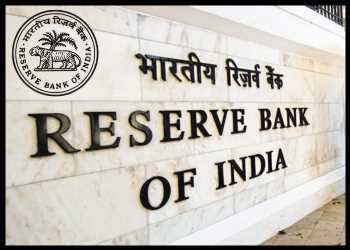India Softens Pace Of Monetary Policy Tightening Amid Slowing Inflation
India’s central bank softened its pace of monetary policy tightening after inflation returned to the target band and the economy continued to remain resilient despite risks emanating from external environment.
At the end of its three-day monetary policy meeting, the Monetary Policy Committee of the Reserve Bank of India decided to raise the policy repo rate by 25 bps to 6.50 percent.
At the December meeting, the committee had lifted the rate by 35 basis points following the half percentage point hikes at each of the previous three sessions.
The committee noted that the softening of the rate hike provides the opportunity to evaluate the effects of the actions taken so far on the inflation outlook, and on the economy at large.
Four members, including Governor Shaktikanta Das, voted in favor of a quarter point rate hike, while two members voted against the proposition.
Members also voted 4-2 to remain focused on the withdrawal of accommodation to ensure that inflation remains within the target going forward, while supporting growth.
“The MPC is of the view that further calibrated monetary policy action is warranted to keep inflation expectations anchored, break core inflation persistence and thereby strengthen medium-term growth prospects,” the governor said.
Das said the bank will continue to maintain strong vigil on the evolving inflation outlook so as to ensure that it remains within the 2-6 percent tolerance band and progressively aligns with the target.
Although the central bank has left the door ajar for further rate hikes, the softer growth outlook and improvement in the inflation picture suggests that the hiking cycle is now at an end, Capital Economics’ economist Shilan Shah said.
ING economist Robert Carnell said there is still a little more tightening to come, but this latest increase did not represent the last in this cycle, we are now getting very close to the peak.
The RBI noted that the consumer price inflation moved below the upper tolerance band during November and December, reflecting a sharp fall in vegetable prices. However, core inflation remains sticky.
Das forecast inflation at 6.5 percent in the current financial year, down from 6.7 percent estimated previously. Based on the assumption of a normal monsoon, inflation is expected to slow to 5.3 percent for 2023-24.
The bank assessed that the economy remains resilient. Real economic growth for 2023-24 is projected at 6.4 percent, with risks broadly balanced.
Nonetheless, the bank cautioned that weak external demand and the uncertain global environment would be a drag on domestic growth prospects.
Turning to liquidity and financial market conditions, the RBI proposed to permit lending and borrowing of G-secs as part of measures to develop the government securities market. This will provide investors with an avenue to deploy their idle securities, enhance portfolio returns and facilitate wider participation.
The central bank also decided to restore market hours for the Government Securities market to the pre-pandemic timing.
Source: Read Full Article

